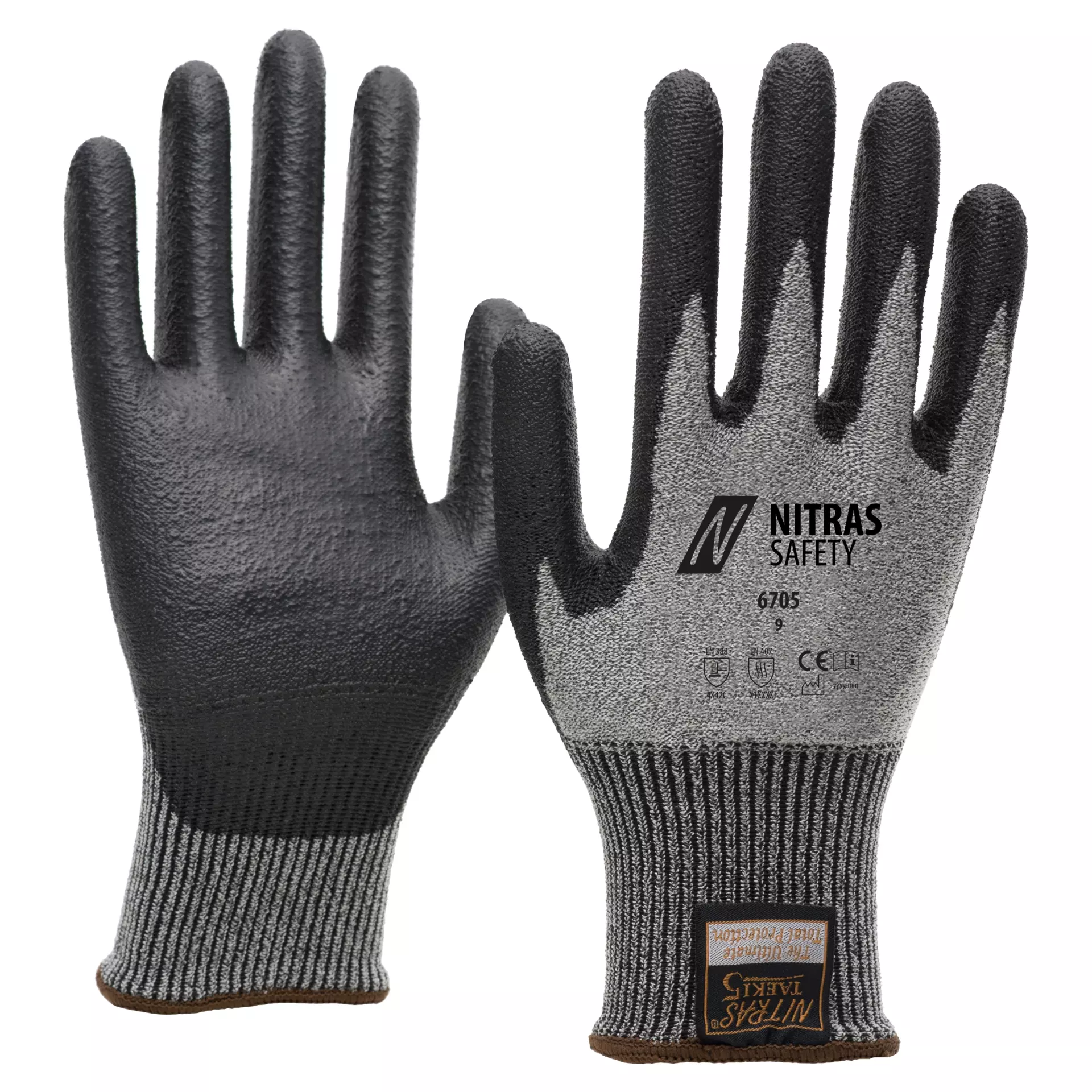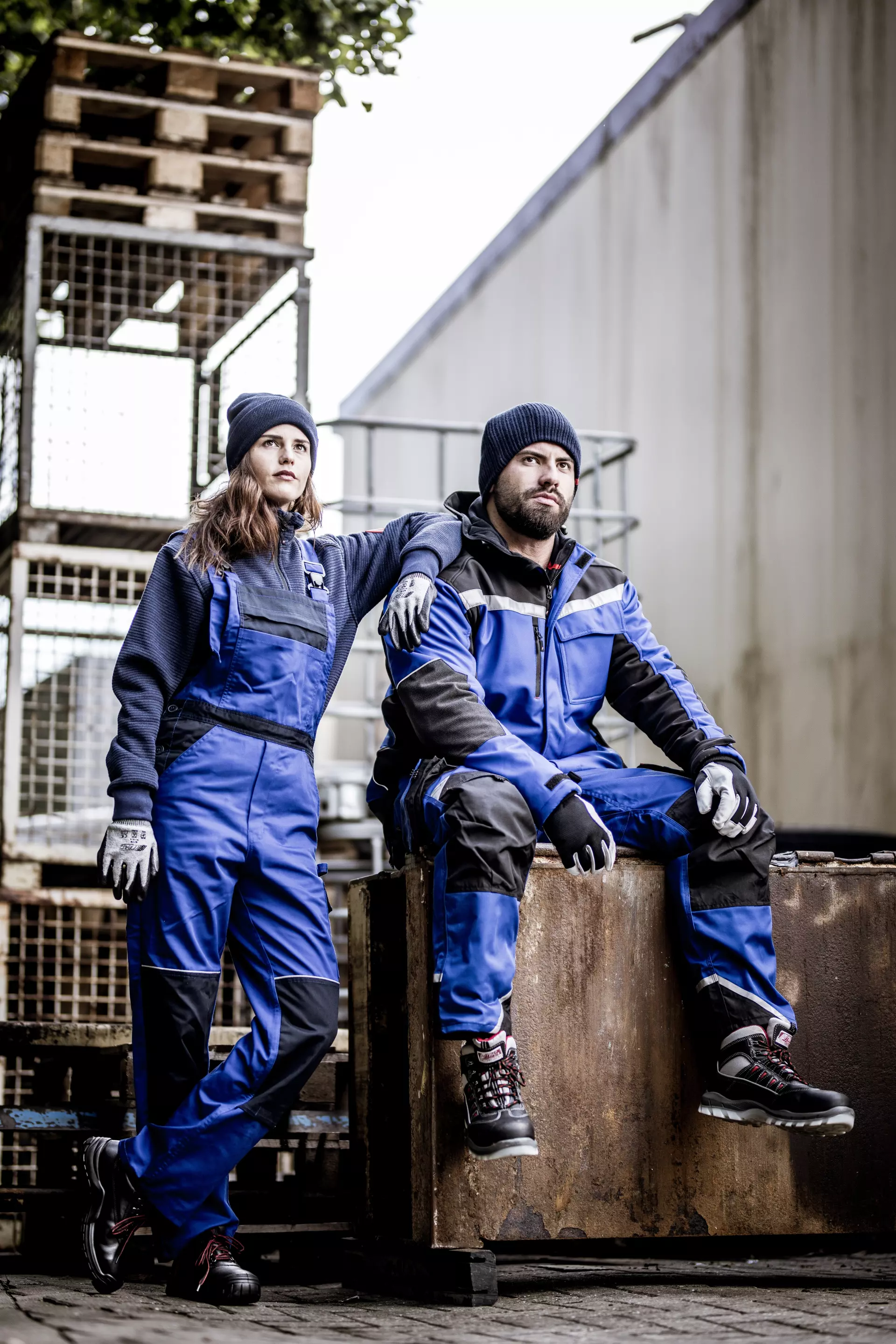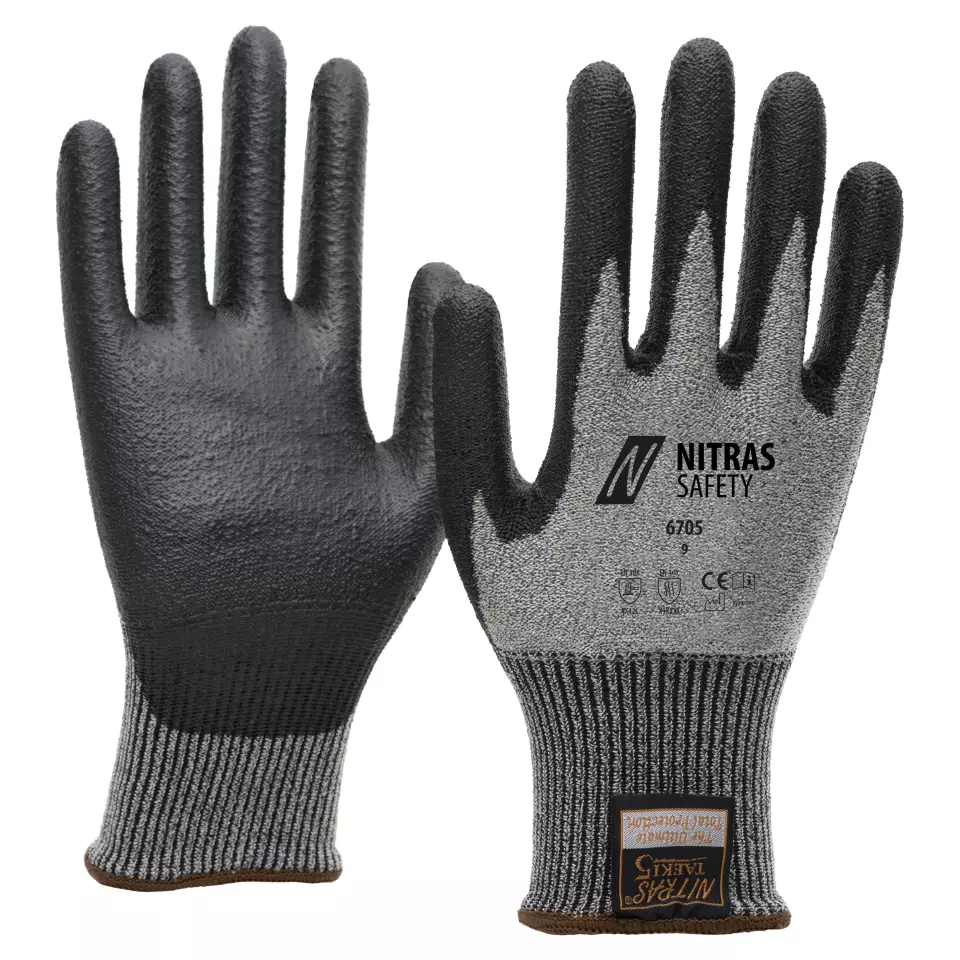


Features You'll Love

Cuff Style · Knit
EN 388 · Cut Resistance, ISO 13997 Level C, Tear Resistance Level 4, Puncture Resistance Level 2, Abrasion Resistance Level 4
EN 407 · Heat Contact Level 1
Determines how the glove secures around the wrist, affecting fit, comfort, and protection coverage at the wrist area.
Offers medium protection against cut risks from handling lightweight metals and plastics.
Offers the highest level of protection against tearing, withstanding a strong force before ripping.
Withstands moderate force from sharp objects like heavy-duty splinters or wires.
Offers the highest level of protection against intense rubbing and wear from rough materials.
Provides protection when briefly touching hot objects. Certified for contact with surfaces up to 100°C for at least 15 seconds, offering short-term protection against burns from items like hot cookware or machinery parts.

Coating Material · Polyurethane (PU)
The substance applied to glove surfaces to enhance grip, durability, and protection, with different materials suited for various work conditions.
Nitras
TAEKI Cut protection Gloves, Grey, 10 pairs
TAEKI Cut protection Gloves, Grey, 10 pairs
(22)
40,00 €
Price per 10 pairs
4,00 € / pair
Choose size
Out of stock
Shipping fee is 7,95 € for orders under 80,00 €
Features You'll Love

Cuff Style · Knit
EN 388 · Cut Resistance, ISO 13997 Level C, Tear Resistance Level 4, Puncture Resistance Level 2, Abrasion Resistance Level 4
EN 407 · Heat Contact Level 1
Determines how the glove secures around the wrist, affecting fit, comfort, and protection coverage at the wrist area.
Offers medium protection against cut risks from handling lightweight metals and plastics.
Offers the highest level of protection against tearing, withstanding a strong force before ripping.
Withstands moderate force from sharp objects like heavy-duty splinters or wires.
Offers the highest level of protection against intense rubbing and wear from rough materials.
Provides protection when briefly touching hot objects. Certified for contact with surfaces up to 100°C for at least 15 seconds, offering short-term protection against burns from items like hot cookware or machinery parts.

Coating Material · Polyurethane (PU)
The substance applied to glove surfaces to enhance grip, durability, and protection, with different materials suited for various work conditions.
Product description
Advanced cut protection gloves featuring TAEKI special yarn with PU coating partially applied to palm and fingertips. These gloves offer exceptional cut resistance while maintaining maximum dexterity with a Level 5 rating according to EN ISO 21420:2020. The knitted wrist design and partial coating ensure optimal comfort and protection against contact heat up to 100°C for 15 seconds.
Product Features:
- Partially coated palm and fingertips for enhanced grip
- Knitted wrist design for secure fit
- Maximum dexterity rating (Level 5)
- High cut resistance
- Contact heat protection (100°C/15 seconds)
Technical Details:
- TAEKI special yarn construction
- PU coating for enhanced grip
- Level C cut resistance (TDM test)
- Maximum dexterity (Level 5)
Standards:
- EN 388:4442C
—Abrasion resistance: Level 4
—Cut resistance: Level 4
—Tear resistance: Level 4
—Puncture resistance: Level 2
—Cut resistance (TDM): Level C
- EN 407:X1XXXX
—Contact heat resistance: Level 1